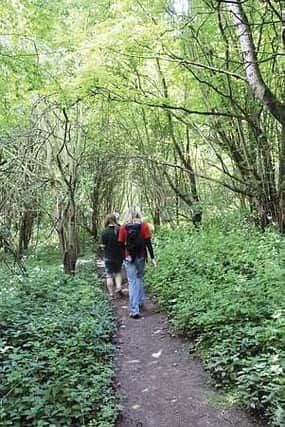Fears for nature reserves as fracking licences loom


The Yorkshire Wildlife Trust says that the sites – along with dozens of others that it looks after – need to be protected from the controversial mining technique.
It wants the government to not provide licences in areas with sites of scientific interest and natural beauty.
Advertisement
Hide AdAdvertisement
Hide AdThe York-based trust says that the government has announced 27 new licence areas for shale gas exploration and extraction and a further 132 licences are expected by the end of the year.
Within these 159 licence areas there are 293 Sites of Special Scientific Interest and 188 Wildlife Trust nature reserves across England.
Now the Yorkshire Wildlife Trust says that its reserves at Denaby Ings and Sprotbrough Flash are within areas likely to gain exploration licences.
Under the current proposals, 31 Yorkshire Wildife Trust reserves are within licence areas and an additional 35 are within 500 metres of another area awaiting assessment.
Advertisement
Hide AdAdvertisement
Hide AdThe technique to withdraw shale gas from underground, known as fracking, has been branded dangerous by critics who say it has caused subsidence, water contamination, poisoning and other problems in the United States.
Earlier this year the government pledged to exclude protected areas from fracking.
Rob Stoneman, Yorkshire Wildlife Trust’s chief executive, said: “We simply cannot allow the provision of licenses awarded to oil and gas exploration companies for shale gas extraction to threaten what has taken decades of work to protect.
“The government must uphold their commitment not to use hydraulic fracturing on sites protected for wildlife.
Advertisement
Hide AdAdvertisement
Hide Ad“We are deeply concerned that shale gas extraction is an untried technology in the UK, where the effects on hydrology and the geology of oil shale may be very different to the US, where there has been major development of the technology.
“Allowing this activity could have disastrous impacts on European Protected Sites, European Protected Species, Sites of Special Scientific Interest and locally designated sites.
“Once the damage is done there will be no rescue package. We could lose everything.”